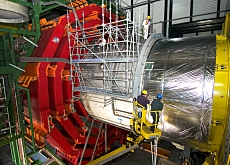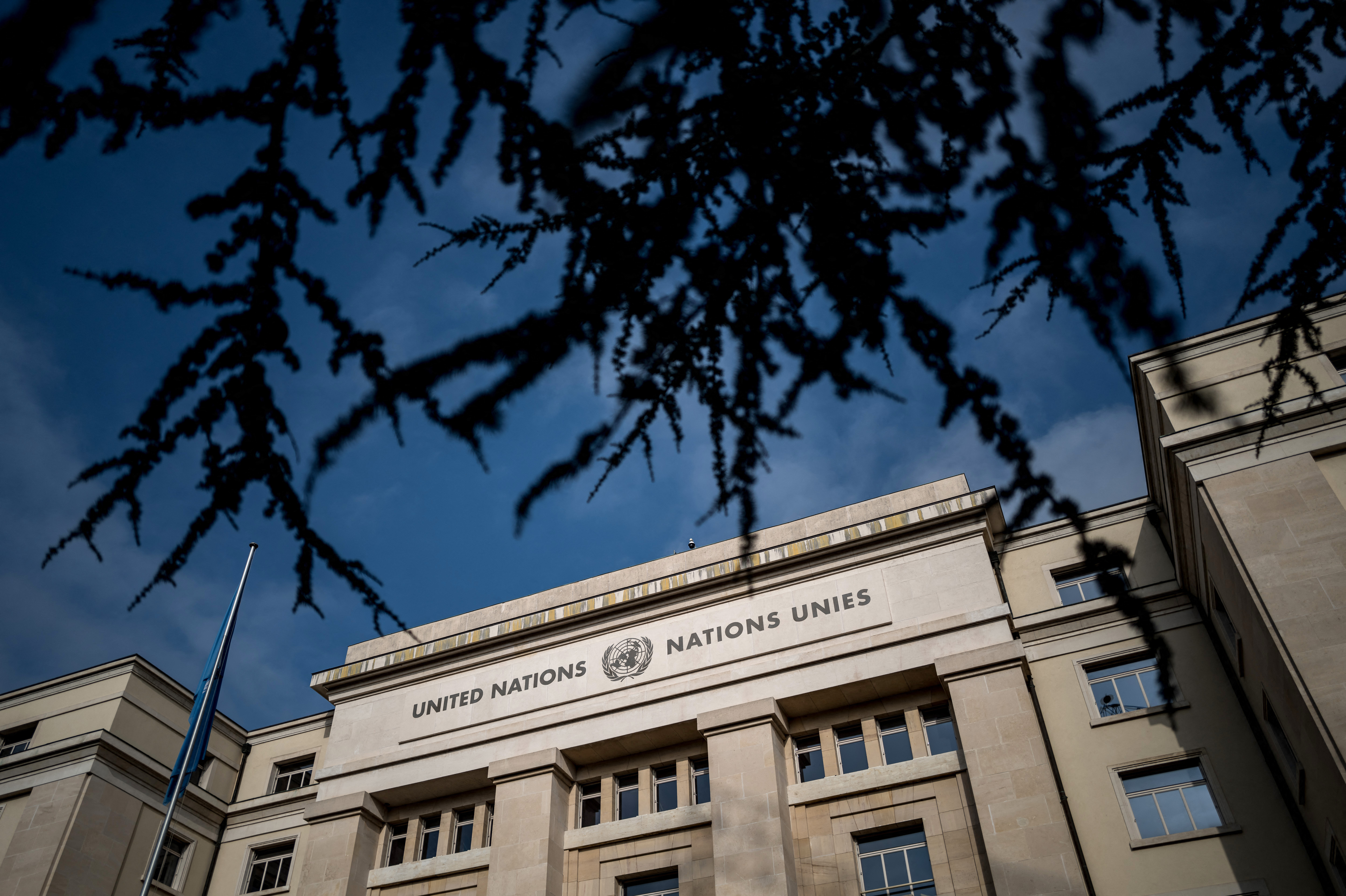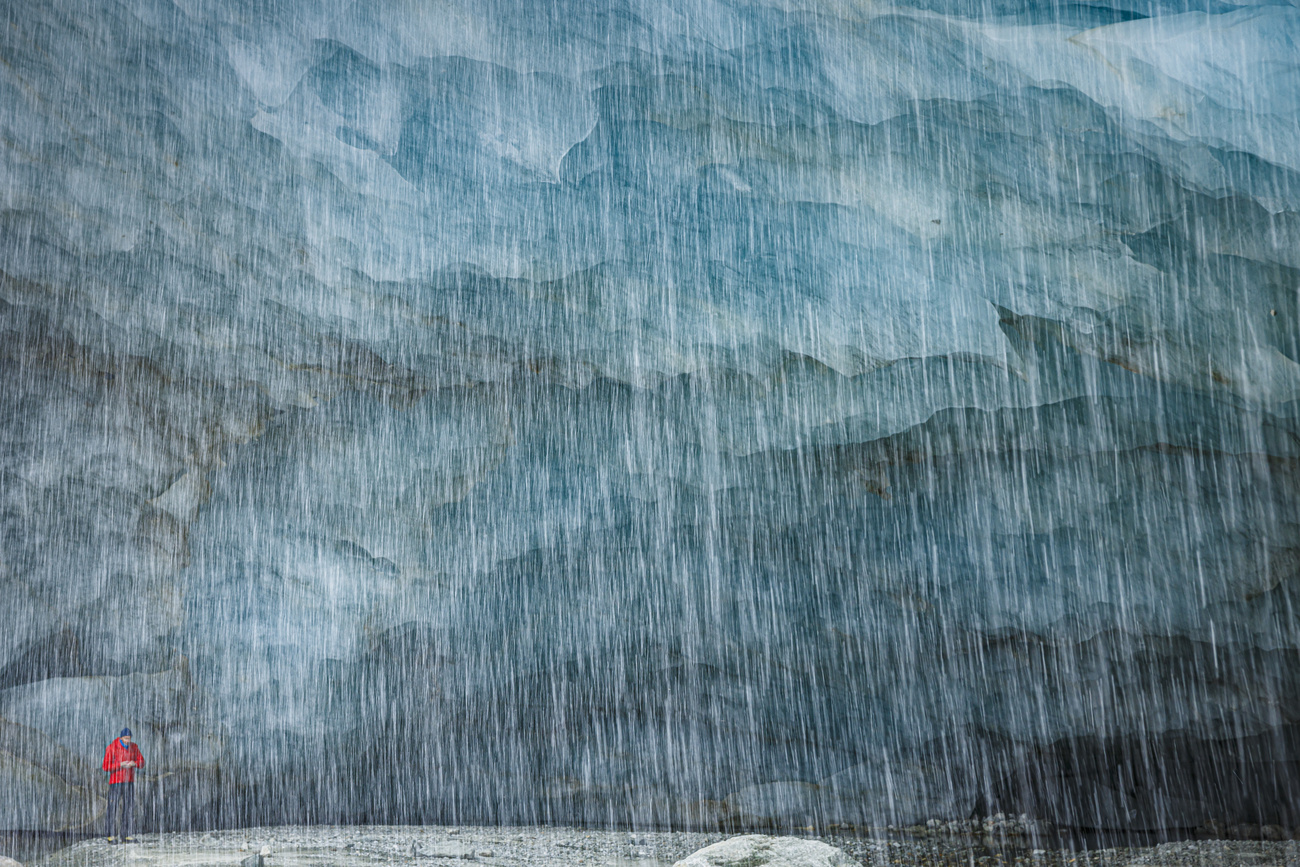Cern reaches for new frontiers

For more than 50 years scientists at Cern, the world's largest particle physics laboratory, have been unravelling the secrets of the universe.
But what is life like inside the European Organization for Nuclear Research on the Swiss-French border? Two young scientists share their experiences with swissinfo.
To those unitiated in the world of particles, quarks and antimatter, the uninspiring complex of buildings outside Geneva can seem daunting.
It is here that some of the greatest minds in physics are trying to unlock the mysteries of the universe.
Cern employs around 3,000 permanent scientific and technical staff, but the population can rise to around 7,000 depending on the flow of visiting scientists.
Among those “passing through” is Anne-Sylvie Giolo, 27, a graduate of Lausanne University and the Federal Institute of Technology in Zurich, who is on a two-year scholarship at Cern.
Giolo is working on the 12,500-ton Compact Muon Solenoid (CMS) – an experiment attached to the Large Hadron Collider (LHC), a 27-km-long accelerator that is due to be opened in 2007.
Around 3,000 scientists from around 40 countries are building the SFr1 billion ($770 million) CMS detector, which will analyse the effects of particle collisions in the SFr3 billion LHC.
Switzerland sort of
“The first thing to say about Cern is that although it is in Switzerland, you don’t really feel it. It is very much an international research centre,” Giolo told swissinfo.
“Proportionally there are very few Swiss here. When I tell people I’m Swiss, they’re often pretty surprised because they don’t meet too many of us.”
With the long-awaited LHC due to be up and running next year, Giolo says there is now a growing sense of anticipation that a new era is set to dawn on Cern.
The LHC will smash protons at almost the speed of light, recreating conditions a fraction of a second after the Big Bang 13.7 billion years ago.
The particle accelerator will have 1,700 superconducting magnets, weighing up to 32 tons, lining its underground tunnel.
In addition there will be four giant detectors, including the CMS. “Two or three years ago it was pretty dead here. People were a bit depressed because things weren’t moving very quickly,” said Giolo.
“But the detectors are being built; we will soon have collisions in the LHC and we are going to be able to collect data. I think we are going through a period when people are waking up and thinking it’s really happening.”
Good atmosphere
This is a view echoed by Raphaël Schroeter, 28, a graduate of Geneva University, who started a thesis a year ago and is now splitting his time between Cern and the university.
The young physicist has been working on two experiments: analysing data from the Hadron Production Experiment (Harp) and helping to design a prototype detector with around a dozen scientists.
Schroeter says one of the great things about Cern is the concentration of the best minds from each field working alongside each other “in a good atmosphere”.
“You only have to walk 500 metres to talk to the world specialist for each technology,” he said.
But even Schroeter admits that the sheer scale of what is going on at Cern is sometimes hard to take in.
“The detectors that are being built now are of an infinite complexity. Last year I attended a presentation on the control system for the LHC – it was enough to give you a headache after half an hour and we only covered 30 per cent of what has been installed,” he said.
swissinfo, Adam Beaumont in Geneva
Cern was founded in 1954 by 12 states, including Switzerland, and now includes 20 member states.
Around 6,500 scientists – or around half the planet’s particle physicists – from around 500 institutes and universities have access to Cern.
Cern is currently building the Large Hadron Collider, which is due to become operational in 2007. It will be the world’s most powerful particle accelerator and is likely to change our fundamental knowledge of the universe.
The World Wide Web began as a Cern project called Enquire, initiated by British computer expert Sir Tim Berners-Lee in 1989.

In compliance with the JTI standards
More: SWI swissinfo.ch certified by the Journalism Trust Initiative








You can find an overview of ongoing debates with our journalists here . Please join us!
If you want to start a conversation about a topic raised in this article or want to report factual errors, email us at english@swissinfo.ch.